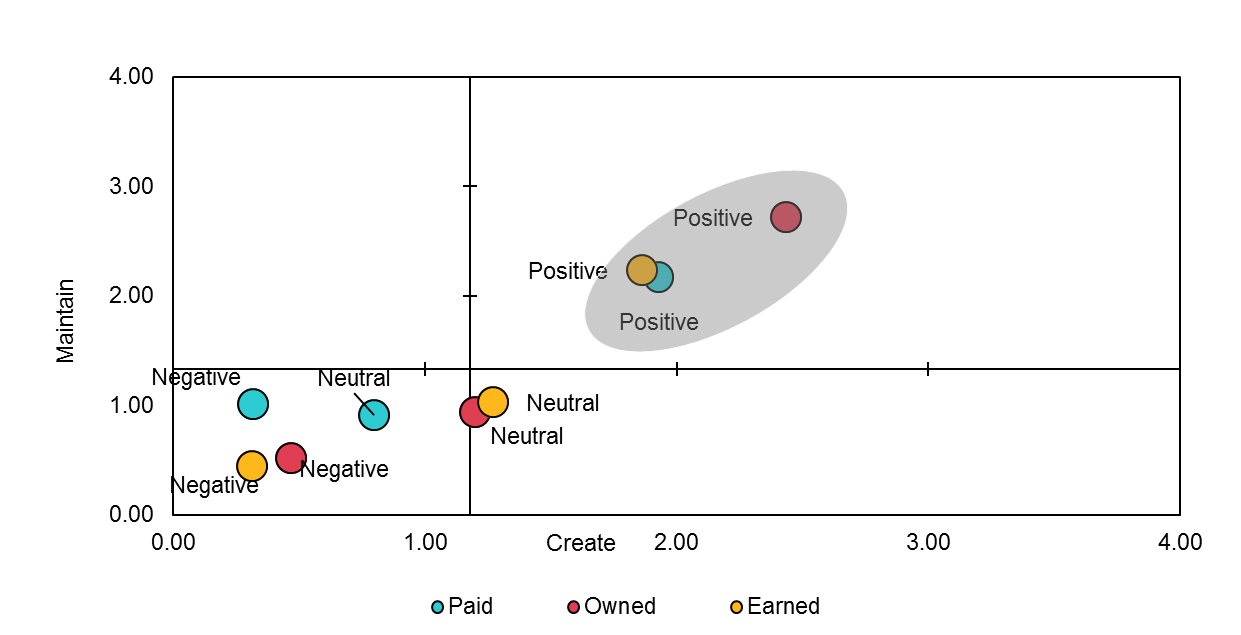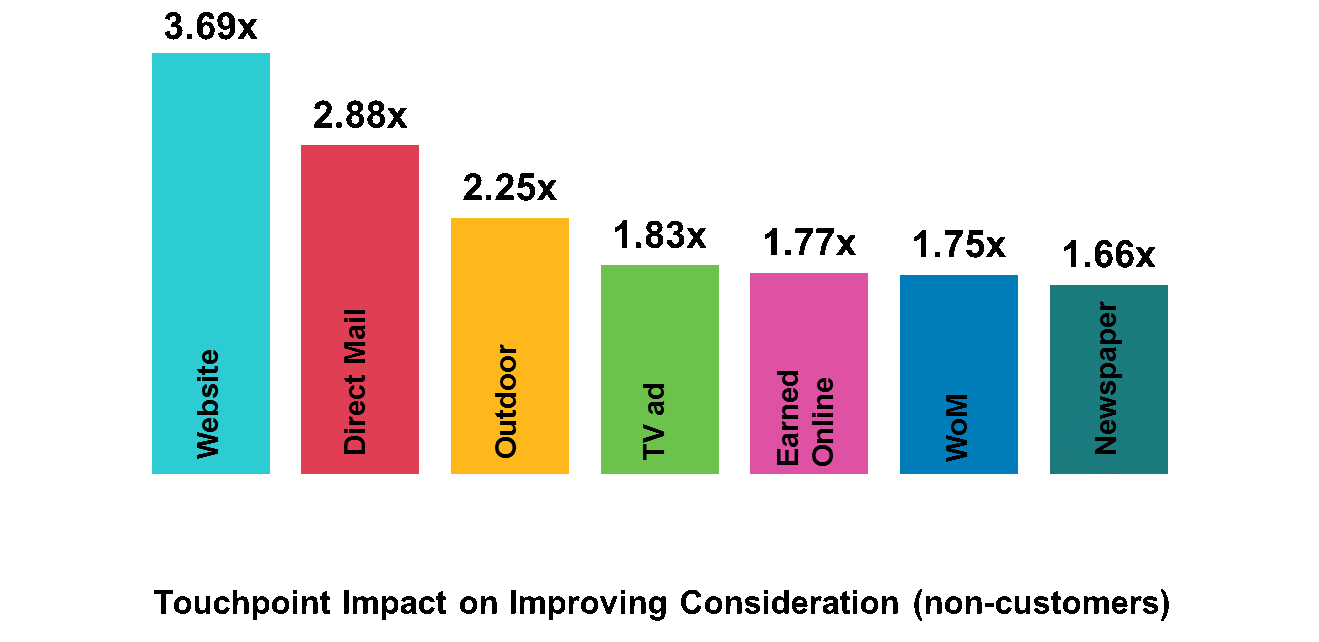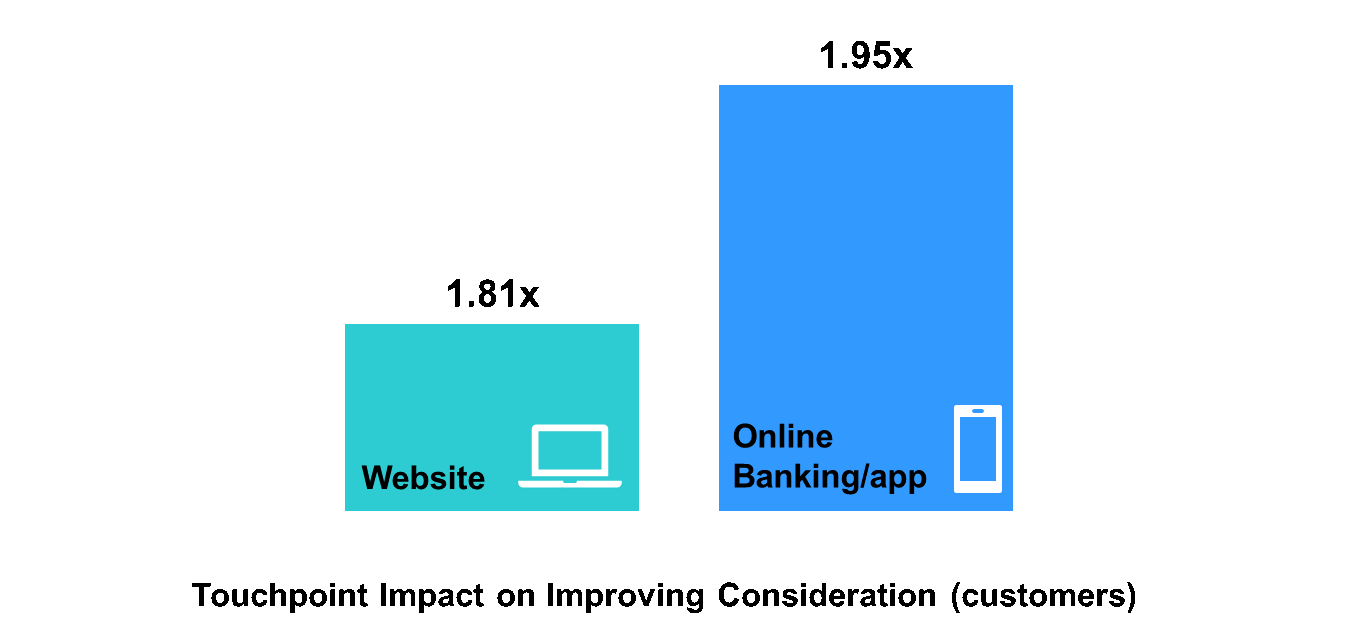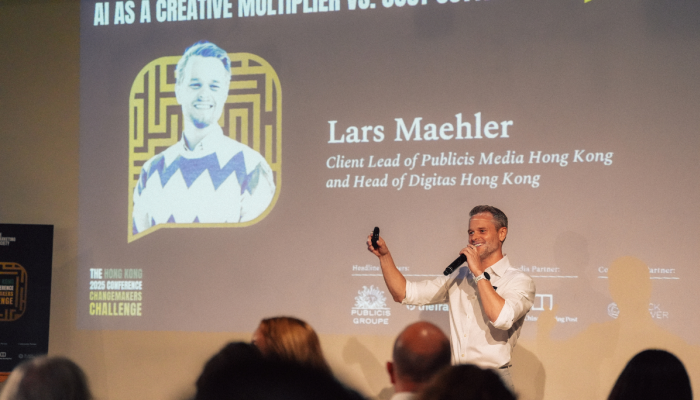No other sector needs to rebuild trust, consideration and advocacy in the way retail banking does. It’s the 10-year anniversary of the financial crisis and the retail banking sector is still experiencing cynicism and negative media coverage.
In addition, the continuing digital revolution is increasing media fragmentation, making it more challenging for media planners to get the best bang for their buck. Against this backdrop, many media are overlooked or not optimised.
Vance Packard published The Hidden Persuaders in 1957 and even today, as marketers we are still in the business of persuading our customers and prospects that our brand is worthy of their investment.
At MESH Experience, we believe marketers need to look through the eyes of the customer to see how they encounter brands in the real world – and real world is different to being forced to view an ad on a computer for research analysis. The longitudinal nature of the data we collect means we can pick out what brand encounters lead to other encounters. Recently, we were investigating online purchases for a client and on many occasions, people were buying brands they had never mentioned they were considering. In one instance, the online purchase was prompted by seeing the brand in store six days earlier.
…which allows us to move from a disparate way of viewing the world to a customer centric way
Today, there is a new way to persuade customers and prospects towards your brand – we call it Experience Driven Marketing. We even created an Experience Driven Marketing manifesto in conjunction with Cranfield School of Management to help marketers develop more compelling brand experiences.
It’s important to measure what people actually pick up, not simply what, as marketers, we push out….
Our ground-breaking methodology shows the impact of paid, owned and earned media touchpoints on the key brand funnel metrics that marketers put most store by when gauging how persuasive their brand is. We look at the brand funnel metric; consideration, a key brand image statement; trust and the crucial word of mouth metric; advocacy, for the retail bank sector.
The methodology captures over 100 touchpoints in the moment, and so provides an unparalleled level of granularity enabling us to share the impact media touchpoints have in paid, owned and earned media, split by customers and non-customers on these all-important brand metrics.
Over the course of two years, we have recorded over 40,000 retail banking experiences in our database. Based on this data - and using a new framework to help marketers understand which media touchpoints can be used to maintain or improve key metrics such as consideration, trust or advocacy - we can pinpoint which media to leverage for customers and non-customers to maintain or improve these metrics.
The benefits of this approach are:
- Single view of the customer – one cohesive data source so experiences and media are comparable
- Perspective of the customer – understand differences between customers, e.g. those who have had an experience and those who haven’t
- Real time – collecting data closer to the event makes it more accurate
Our Experience Maximizer, analytic tool, enables us to identify the impact that touchpoints have had on people’s perception of brands. The tool uses logistic regression, to identify the impact of explanatory variables on a binary dependent variable. This can tell us if having certain experiences will make a participant more or less likely to change their opinion. Brand opinion refers to a participant’s endorsement of brand key performance indicators, such as trust or consideration. There are two types of changes:
- Create: The impact of experiences on creating endorsement amongst non-endorsers, e.g. move them towards being say, a Brand Considerer.
- Maintain: The impact of experiences on maintaining endorsement amongst current endorsers, e.g. preventing them from becoming say, a non-Considerer.
We’ve used this approach to share some useful rules to help you unlock your own hidden drivers of persuasion.
The Hidden Drivers of Persuasion: Five Rules
Rule One: Don’t expect advertising to do all the hard work. Use all touchpoints.
You need to take responsibility for other channels.
Our Retail Bank study shows that paid media accounts for almost a half of experiences people have with brands in retail banking. To move the dial on brand consideration, you need to look at not only paid media but also owned and earned media. In our data, we saw amongst customers, that paid media is on a par with owned and earned media at maintaining brand consideration. The picture is different for creating brand consideration, where owned media leads the charge. Amongst non-customers, paid media outperforms owned media at creating brand consideration.

Rule Two: Advocacy and trust are harder to shift. Understand what to leverage.
Our data shows that experiences people have with brands have a much bigger impact on brand consideration than they do on trust or advocacy.
However, paid media experiences do have a role to play at making an impact on trust. Interestingly, the Lloyds Director of Marketing Communications, Richard Warren was quoted in Marketing Week saying he didn’t think advertising creates trust. Yet our data shows that Lloyds paid media experiences outperformed the total market at making an impact on trust. So, using paid, owned and earned media appropriately can move the levers on trust and advocacy.

Rule Three: Neutral is the new negative. Neutral experiences erode your marketing budget – create positive ones.
When we look at experiences that create or maintain brand consideration, it’s positive experiences that really make an impact on this brand health metric. What’s interesting is that neutral experiences, in a best-case scenario, don’t damage your brand and in a worst-case scenario, they negatively impact your brand. So neutral really is the new negative!

Rule Four: In a digital era, don’t forget to use good old direct mail to acquire customers.
In our evangelising about using your entire media armoury to move the dial on brand health metrics, our data shows that whilst websites are the most impactful touchpoint at improving brand consideration amongst non-customers, good old-fashioned direct mail is in second place. And so old and new media have a role in your media plans to shift brand consideration

Rule Five: Online banking is the touchpoint for customers.
When it comes to customers, our Retail Bank study shows that online banking is the touchpoint to improve brand consideration. It’s almost twice as likely as any other touchpoint to positively impact on brand consideration amongst customers. This is because it fulfils the need for ease and convenience.

By Fiona Blades, President & Chief Experience Officer, MESH Experience



